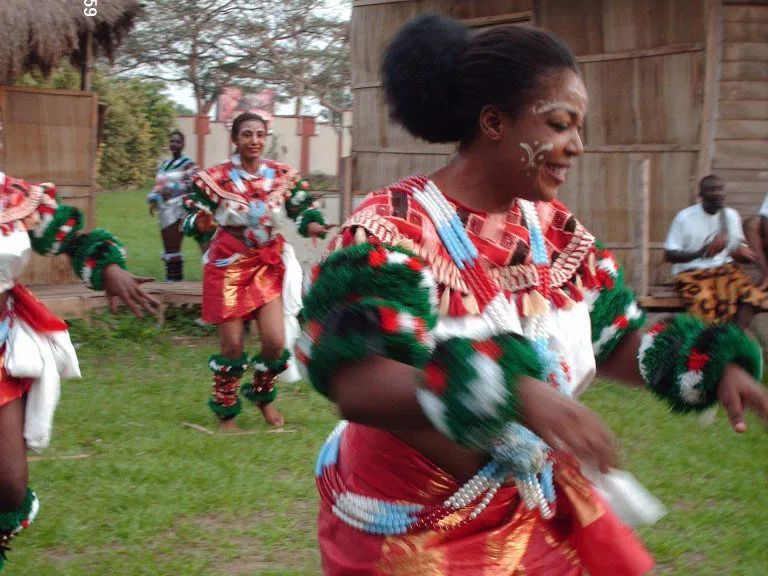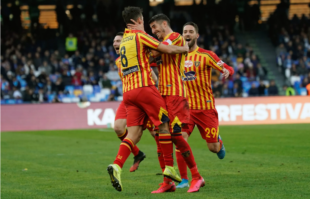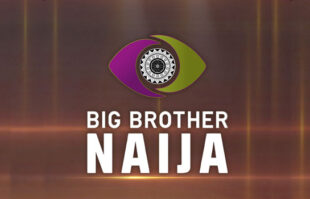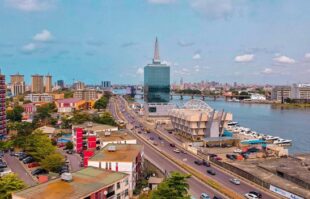Traditional or cultural dance had been a mainstay in the history of Nigeria. Traditional dances in Nigeria serve different purposes as Nigeria is made up of over 350 ethnic groups and tribes spread across the nooks and crannies of the country with diverse religions, cultures, and traditions. It is a form of emotional expression, social interaction, or exercise, in a spiritual or performance setting, and these dances are sometimes used to express ideas or tell a story.
Traditional Dance forms (often called Folk dances in the West) can be defined as any local dancing tradition, often strongly connected with local musical forms and/or local beliefs. Traditional dancing is generally more of a social activity rather than competitive, but it is normally choreographed depending on the dance type itself. Traditional dancing can be either partnered or solo and is mainly danced in formation.
Below is Naija Biography’s list of the best and most entertaining traditional or cultural dances in Nigeria.
- The Bata Dance
The Bata dance is one of the cultural/traditional dances of the Yoruba people who are dominant in the southwestern part of Nigeria. This dance is associated with Sango, the Yoruba god of thunder who was said to be athletic during his days.
However, the bata dance remains incomplete without beats from the bata drum- a set of three drums namely Iya-Ilu, Itotele, and Okokonlo.
Bata dance is really entertaining for it encompasses different moves and stunts. Bata dance is for both males and females in Yoruba land.
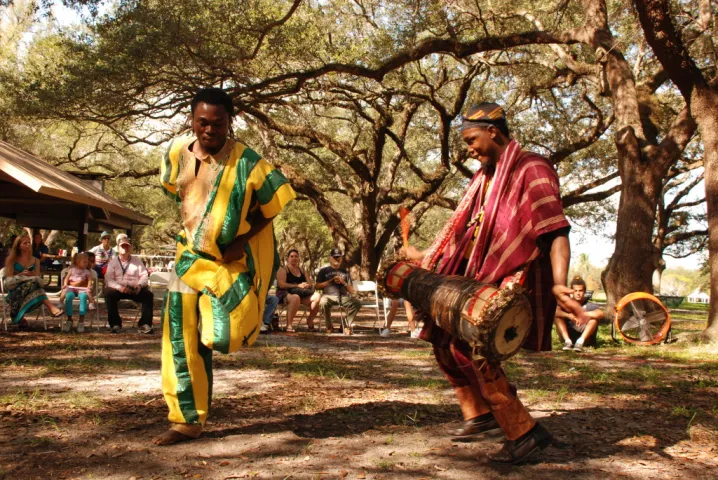
2. Ikpirikpi-ogu (War dance)
This dance is commonly associated with the people of Abam in Arochukwu LGA, Abia State, Nigeria, Ikpirikpi-ogu is a dance of warriors originally performed to welcome soldiers back from tribal wars. It exudes an air of valor and it is strictly performed by men. Today it’s purely symbolical to show the strength of a community and its conquest over collective challenges. It is performed at key festivals and community events.
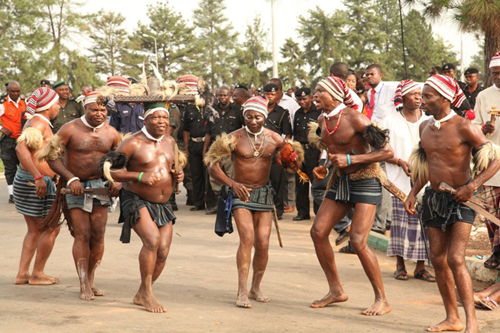
- Omuru-onwa and Agbacha-ekuru-nwa Dance
This dance strictly performed by married women, generally involves responsive movement of the body, in a rhythmic fashion to hip-swinging music. Married women and new mothers used such entertaining opportunities to exercise, lose weight, shed baby fats, and stay healthy through weekly rehearsals.
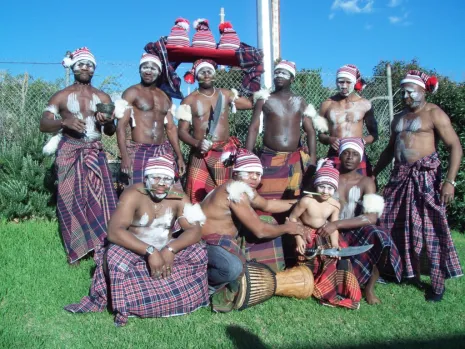
- The Swange Dance
The Swange dance is a recreational and entertaining dance performed together by Tiv men and women of Benue State, Nigeria. This dance is performed in important gatherings or during festivals. The movement of the Swange dance can be slow, fast, or rhythmic all rendering the dancers shaking vigorously; this thus makes the Tiv people call the Swange dance “boneless dance”.
Swange dance is accompanied by beats with beautiful rhythm and a traditional horn called ‘Al-Gaita‘ which is blown throughout the dance session.
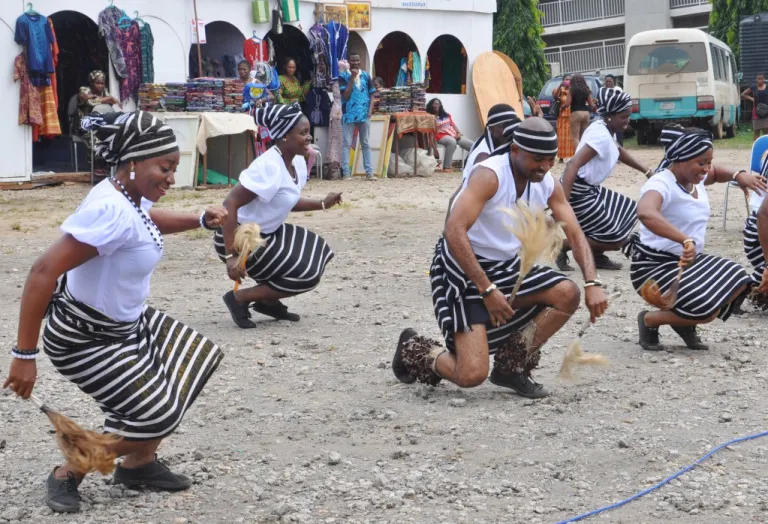
- The Koroso Dance
The Koroso dance originated among the Fulani and Kano people of Kano State, Nigeria. The Kosoro dance, a name derived from the rattle fastened to the legs of Koroso dancers, is a mixture of movements from the traditional dances of the Fulanis and Hausa people of Kano.
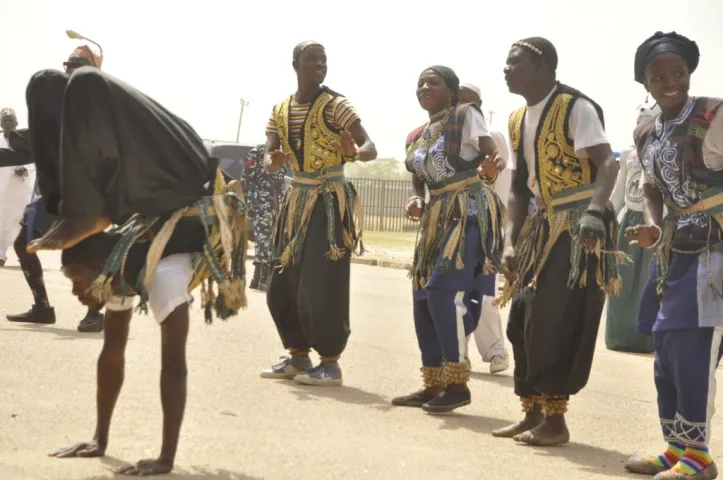
- The Nkwa-Umu-Agbogho Dance
This dance has its origin among the people of Ebonyi State. The Nkwa-Umu-Agbogho dance is also known as the ‘maidens dance‘ because it is specifically meant for ladies who have just become ripe for marriage.
This dance involves vigorous twisting of the chest and waist in a seductive way so as to attract suitors. The ‘maiden dance’ also helps younger girls abstain from pre-marital sex.

The Ekombi Dance
The Ekombi dance is peculiar to the Efik people of Calabar, Cross River State. It is a beautiful and entertaining dance in which maidens are dressed in multi-coloured attires sewn in a mini skirt and blouse form which exposes their tummy. The maidens are also decorated with beads of different colours and sizes. The Ekombi dancers whine gracefully to the rhythmical beats of the Efik drummers in the movement of ocean tides. The Ekombi dance of the Efik people shows the beauty and maturity of a woman.
